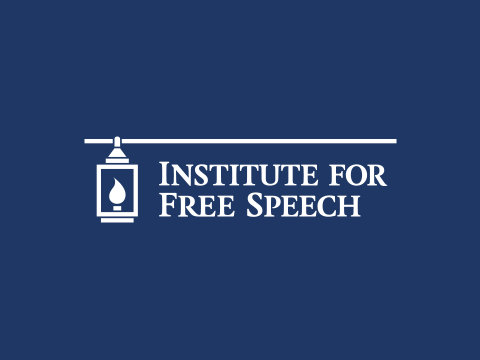Over at NPR, Peter Overby reviews the decline of the Presidential Public Funding Program. Created in 1972, the program provides tax dollars to presidential candidates who agree to limit their campaign spending. Funding comes from a voluntary $3 check-off box prominently located at the top of the 1040 tax form alongside your first and last name, home address, and Social Security information.
It costs taxpayers nothing to participate in the program – the $3 is not subtracted from your refund – but few people check the box regardless. Participation “peaked” in 1980, at just 28.8%. Since then, participation has declined precipitously. Just 6% of taxpayers checked the box in 2013, according to FEC Chairwoman Ann Ravel.
Overby offers a number of theories to explain why the program is not more popular: perhaps “the Washington money chase” makes candidates and taxpayers feel that the program is irrelevant; perhaps Supreme Court decisions freeing citizens and groups to exercise their free speech rights independently of candidates doomed participation rates; perhaps the form is unclear or Americans are confused about how the program really works.
Here’s another possibility: Americans just plain don’t like the idea of government funding political campaigns. They either think it’s wrong, or that it doesn’t work.
Overby acknowledges the existence of this view, but implies it is a minority opinion, saying only that “some taxpayers didn’t like public financing” even when it was more popular with candidates. In fact, this is the majority view. Polling generally confirms that Americans do not think it is appropriate or worthwhile for government to fund the campaigns of politicians with tax dollars.
71% of respondents disagreed with the statement “government should give taxpayer dollars to candidates to pay for their campaigns” in a 2010 survey of nationally representative Americans. Even when the question was reworded with terminology favored by tax-financing advocates, a majority continued to disagree that politicians “should be allowed to use public funds to pay for their campaigns.”
These findings – both the poll results and the check-off participation rate – are important to keep in mind in the debate over tax-financed campaigns. Too often, tax-financing advocates get away with presenting themselves as populists up against moneyed opposition. In reality, these schemes are unpopular with the electorate, no matter how much support they garner among a small network of activist organizations. Polls that purport to show majority support for such programs usually fail to explain the related costs, or they employ vague buzzwords like “special interests” and “big money” to nudge respondents in the activists’ preferred direction.
In addition to being unpopular in principle, tax-financing programs have been unsuccessful in practice. An extensive study of state-level tax-financed campaign programs by the independent Government Accountability Office found that they generally did not accomplish their goals, such as allowing more candidates to seek office and helping challengers compete with incumbents. The GAO noted that there were “no statistically significant differences observed for … contestedness (number of candidates per race) and incumbent reelection rates” in the two states that were studied – Arizona and Maine.
The Center’s original research has further found that tax-financed campaign programs have failed to reduce the number of registered lobbyists, failed to increase the diversity of legislators’ occupational backgrounds, failed to increase the number of women in legislatures, failed to save taxpayers money, and failed to increase voter turnout. In addition, scholarly studies have found no relationship between state campaign finance reforms, including tax-financed campaign programs, and levels of public corruption.
Sometimes, tax-financed campaign programs actually work against the ends they are intended to achieve. For example, the 2008 campaign of Barack Obama was lauded for its successful small donor fundraising and outreach to new voters. One would think this is exactly the sort of campaign that tax-financing was meant to encourage, but, in fact, Obama was the first major party nominee in history to decline participation in the program for the general election. He understood that agreeing to spending limits did more harm than good for building a large and diverse coalition of supporters.
The most successful campaigns at bringing new voices into politics are often expensive campaigns, as was the case with Barack Obama in 2008 or Eugene McCarthy forty years earlier. Populist moments or “movement” candidates come along when the right message is matched with sufficient funding to disseminate that message. Consequently, to the extent that tax-financed campaign programs intend to reduce overall political spending, they make it harder, not easier, for new ideas to gain momentum.
Some of the decline in support for tax-financed campaigns may indeed be due to the reasons Overby’s article suggests, but growing evidence that tax-financing programs fail to achieve their goals may also play a role. The most inclusive and diverse presidential campaign in recent memory was not the product of decades of unsuccessful reform efforts to “get money out,” but quite the opposite: the result of a dynamic fundraising operation. Americans may be realizing, once again, that unfettered free speech is the best way to regulate politics.













